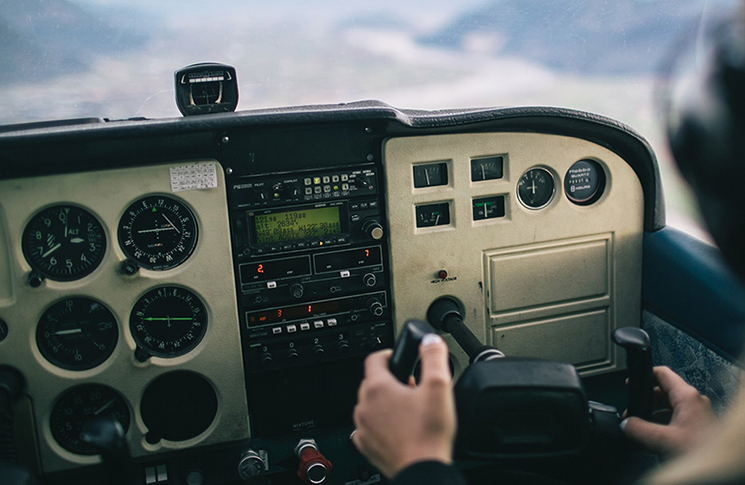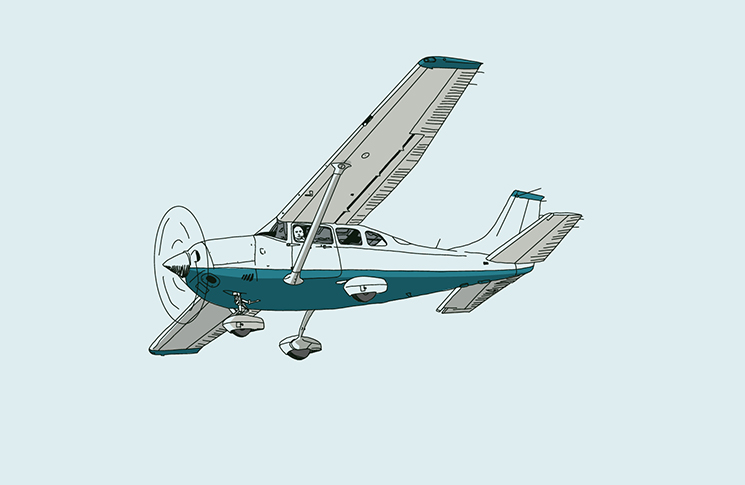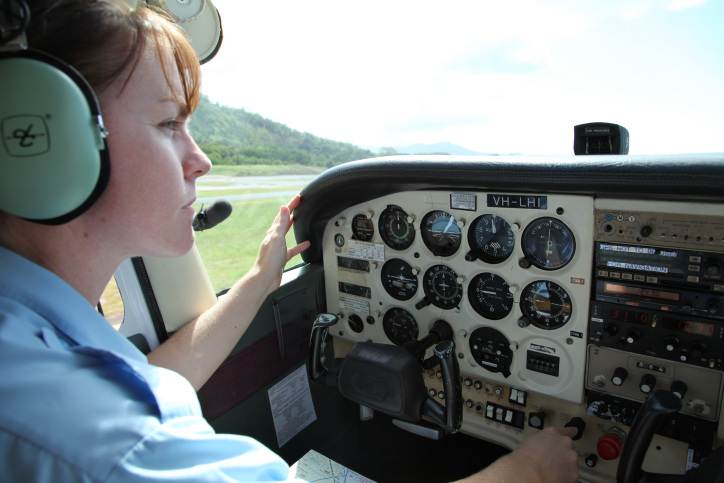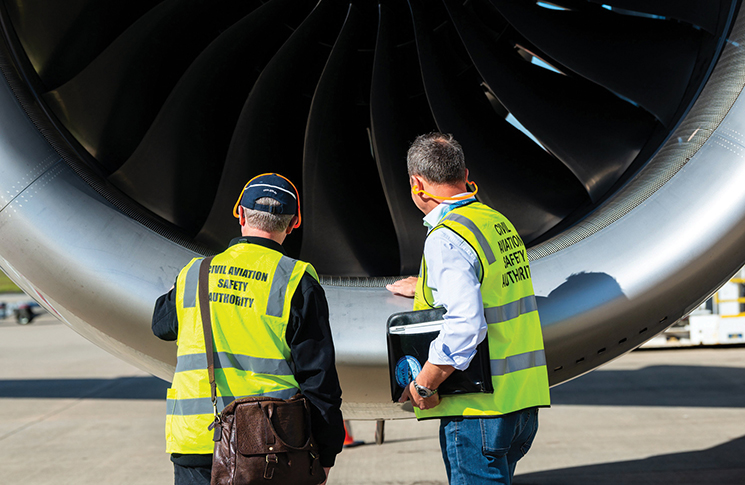A recent event reminded me that things can happen – at any time, on any flight – and you better be prepared to handle them. Flying an aircraft is not like driving a car where you can just pull over to sort things out. Once you leave the ground, you have a lot to do before you can (gracefully) return to it.
On this day, we departed a Class C aerodrome on a standard instrument departure in VFR conditions in a Mooney.
At 65 knots, we rotated. Then, with positive climb rate, gear up. At 90 knots, we retracted the flaps and trimmed the nose down. But suddenly I was sliding backwards and all I could see out the front was blue!
When the flaps retract, the aircraft always pitches up, hence the down trim – but this climb was more like a winch launch in a glider!
In the back of my mind, I was aware the seat lock had not felt quite right as I climbed into the cockpit that morning. I had tried to lock it into position but was not entirely convinced. However, a serious ‘jiggle’ did not dislodge it so I just made a mental note.
As part of flight planning, I had set the heading bug to the runway alignment and activated the TOGA mode so I had the guiding angel, aka, flight director, hovering on the screen in front of me.
Our natural tendency as primates is to grab on hard and pull if we feel we are falling. But when the thing we are grabbing onto is the control wheel of an aircraft, this leads inevitably to a rapid pitch-up!
At this point you have a very short time to fix the situation before speed decays to the stall. In our favour, we had speed well above stall – and full power set.
Partly due to the ‘light touch’ I have been taught to use on the control wheel, I had pulled back only a bit before I loosened my grip further and, leaning forward, holding on with 2 fingers, I was able to reduce the pitch back to level.
Then, as I could no longer easily reach the electric trim, I rolled the manual trim wheel and followed the FD to ensure we continued to climb. From where I was now sitting, there was no visual horizon available so it was definitely an ‘instrument departure’.
However, just as I had reset the trim, the seat did another slide! This reminded me that the priority right now was to establish a stable climb, to allow me to reposition the seat and lock it!
So I focused on fixing our slightly untidy departure track and, at 500 feet, switched on the autopilot. I wondered if the Tower was concerned by our antics but they made no comment and I certainly did not have time to keep them briefed.
As soon as we were at a safe altitude, I made sure the seat was positively locked. On the ground later, I realised the culprit was a rubber bladder that sits under the seat and is used for pressurising the low-back support. This had rolled forward under the seat locking bar, thus preventing it from settling into place. So for the return flight, I packed the canopy cover in behind the seat just to be sure.
Lessons learnt
- Preparation: As part of flight planning, having the departure set up and the FD in place for the climb gave me useful guidance in addition to the attitude indicator. For VFR pilots, I would recommend keeping those panel skills up to date.
- Climb speed: Don’t plan to climb at Vx (best angle of climb) unless you really have to. You never know when you are going to need a bit of extra leeway.
- Niggling feelings: Don’t ignore those thoughts that ‘things are not quite right’. Within half a second, I knew what had happened: there was no time for expletives and confusion – I knew right away that I had to let the control wheel go forward.
- Maintenance: While this aircraft is meticulously maintained, most GA aircraft are not new and, of course, loose objects can move, seat rails and other items gradually wear, dirt can build up, etc. Things happen and you have to be prepared to deal with them.
Have you had a close call?
8 in 10 pilots say they learn best from other pilots and your narrow escape can be a valuable lesson. We invite you to share your experience to help us improve aviation safety, whatever your role. You may be eligible for a free gift just for submitting your story.
Find out more and share your close call.
Disclaimer
Close calls are contributed by readers like you. They are someone’s account of a real-life experience. We publish close calls so others can learn positive lessons from their stories, and to stimulate discussion. We do our best to verify the information but cannot guarantee it is free of mistakes or errors.






An unlocked seat sliding back after take-off is one of my phobias. (As are spiders.) However the good thing about a phobia is that you tend to check and double check, almost to the point of people thinking you have OCD. But so far that strategy is working for me!